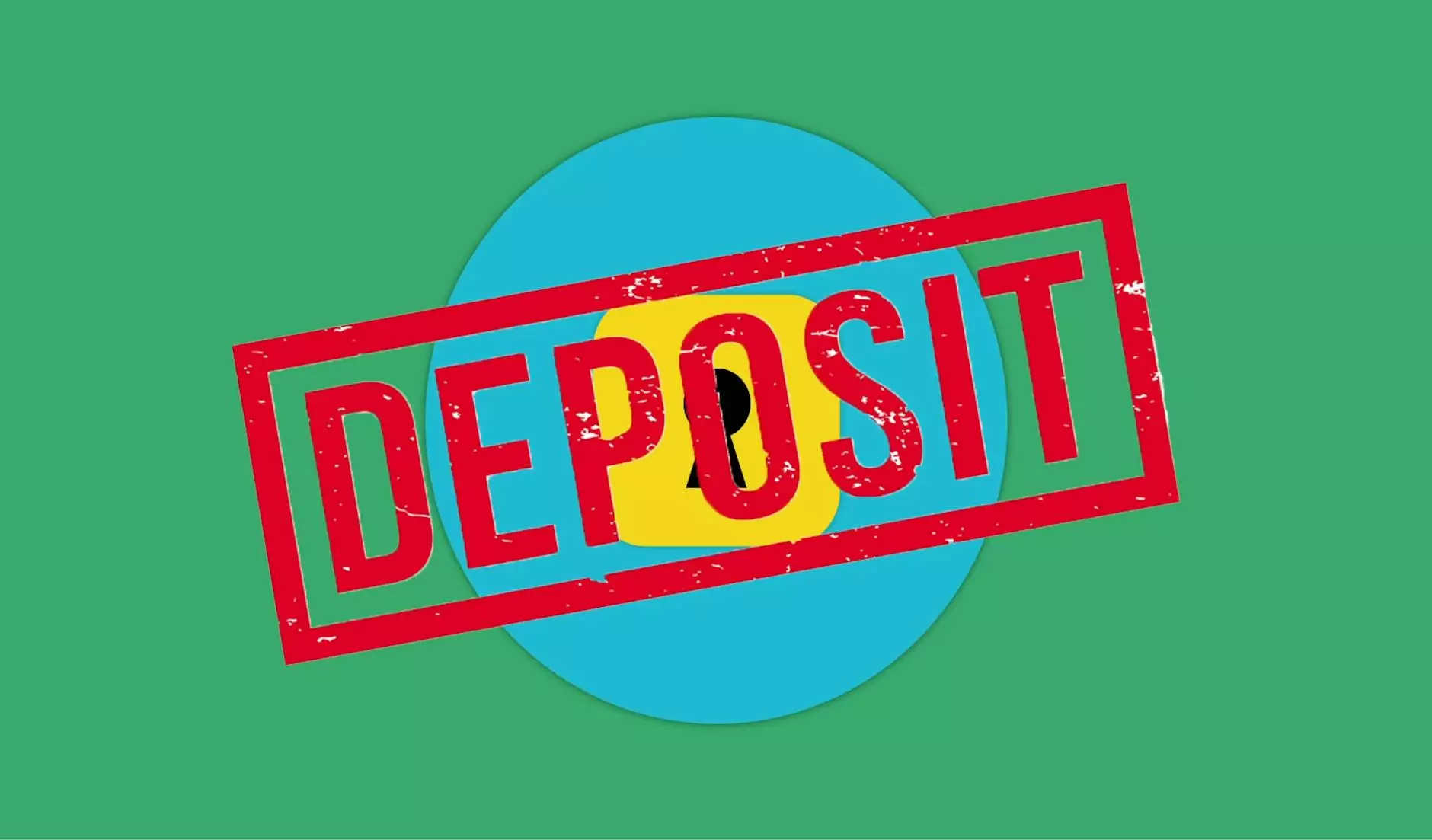Non-Disclosure Agreements (NDAs): Tips
Blog
Introduction to Non-Disclosure Agreements
Non-Disclosure Agreements, commonly referred to as NDAs, are vital legal documents that protect sensitive information and trade secrets. In the rapidly evolving business landscape, where competition is fierce, NDAs play a crucial role in safeguarding your valuable intellectual property.
Why Are NDAs Important?
NDAs are essential for businesses engaged in various industries, including the consulting and analytical services sector. These agreements establish a legally binding contract between the parties involved, ensuring that confidential information remains confidential and is not shared or disclosed without proper authorization.
Effective NDA Tips
1. Clearly Define Confidential Information
When drafting an NDA, it is vital to clearly define what constitutes confidential information. This includes proprietary data, trade secrets, customer lists, financial information, and any other sensitive material that should be protected. By providing a comprehensive definition, both parties are aware of the confidentiality obligations.
2. Identify the Parties Involved
It is important to clearly identify the parties involved in the NDA. Include the full legal names and contact information of both the disclosing party (often known as the "owner") and the recipient party (often known as the "receiving party"). This ensures that all parties are bound by the terms and conditions of the agreement.
3. Specify the Purpose of Disclosure
Specify the purpose of disclosure within the NDA. This helps define the scope of what information can be shared and the intended use of such information. Clearly stating the purpose ensures that the recipient party understands the limitations of disclosure and cannot misuse the shared information.
4. Include a Non-Compete Clause
Consider incorporating a non-compete clause, especially if the disclosed information could be used to gain a competitive advantage. A non-compete clause restricts the recipient party from engaging in activities that directly compete with the disclosing party during a specified period. This further protects your business interests.
5. Outline the Duration of the Agreement
Specify the duration of the NDA. This determines how long the information remains confidential and sets a clear timeline for the recipient party's obligations. It is important to limit the duration to a reasonable timeframe to balance the need for protection with the practicality of the agreement.
6. Address Permitted Disclosures
While NDAs aim to restrict disclosure, it is essential to address situations where disclosure may be required. This typically includes disclosures required by law or court order. By outlining permitted disclosures, you ensure that the recipient party understands their obligations even in exceptional circumstances.
7. Include Remedies for Breach
Set forth the remedies for breach of the NDA. This may include monetary damages, injunctive relief, or other legal remedies to be pursued in case of a breach. By including this provision, you establish consequences for unauthorized disclosure, which can deter parties from violating the agreement.
Conclusion
Non-Disclosure Agreements are powerful tools for protecting your business's confidential information. By following these tips and working with experienced legal professionals like Jacques H Geisenberger, Jr PC, you can create robust NDAs that safeguard your valuable intellectual property from unauthorized use or disclosure.
Reach Out to Jacques H Geisenberger, Jr PC
If you require expert advice on Non-Disclosure Agreements or any other legal matters related to your business and consumer services in the consulting and analytical services sector, Jacques H Geisenberger, Jr PC is here to help. Contact us today for comprehensive legal guidance tailored to your specific needs.




